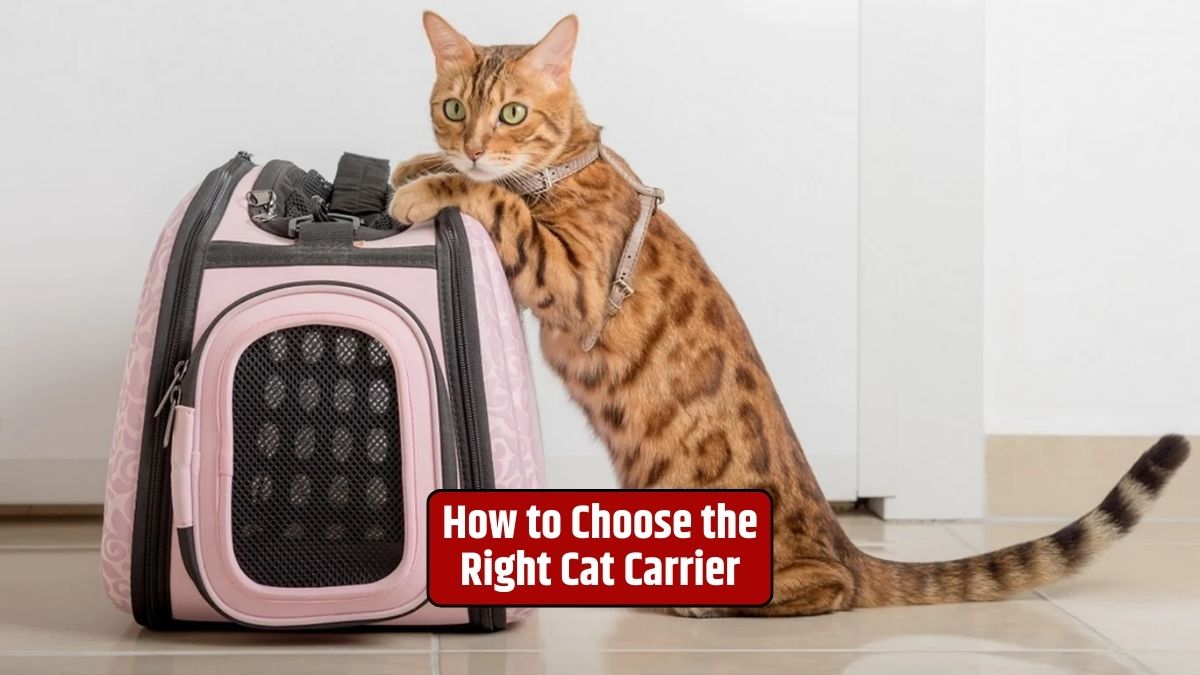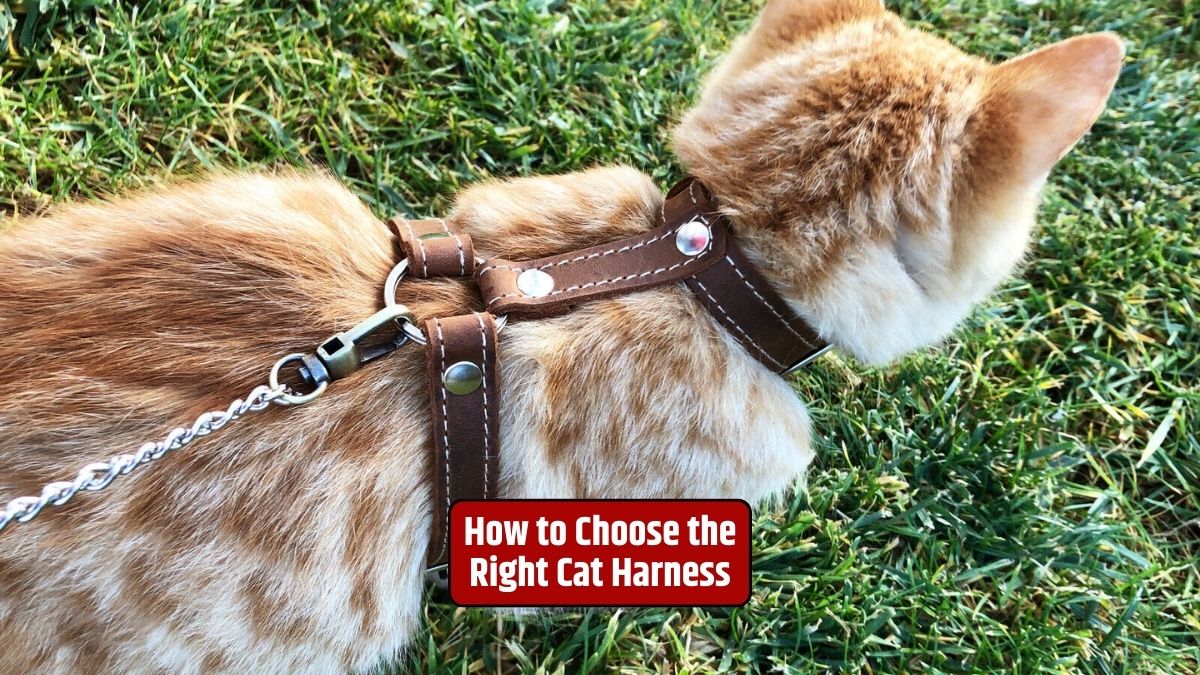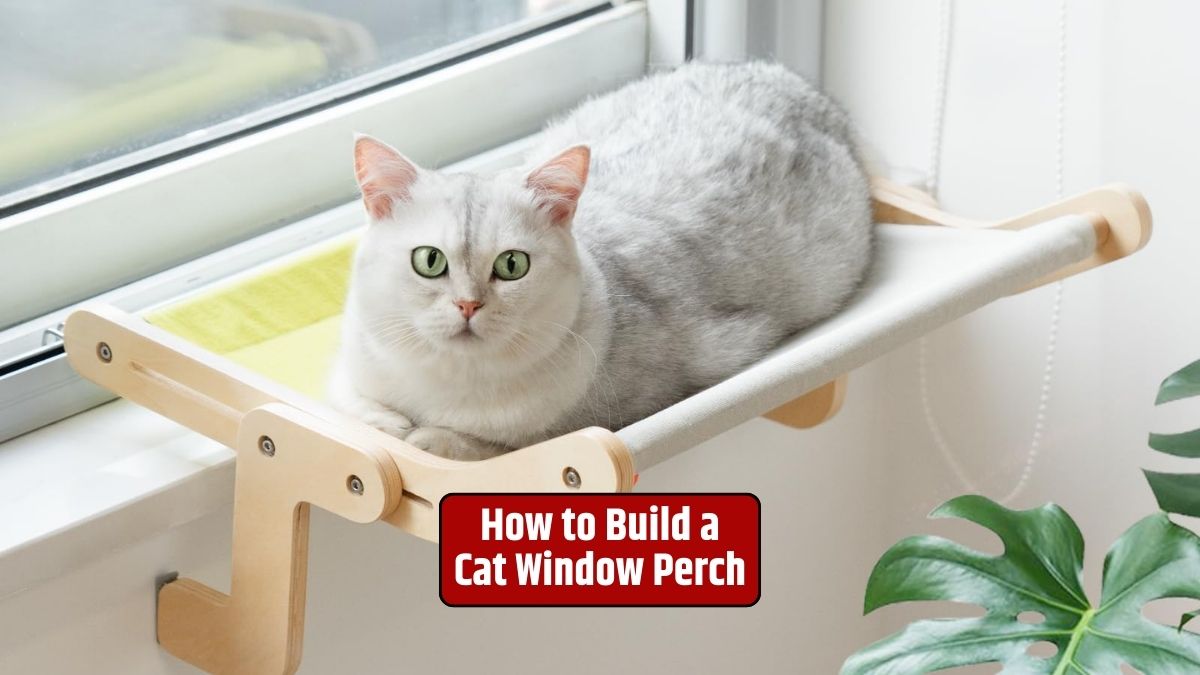Cats are known for their independent nature, but they can be sensitive to changes in their environment, especially when it involves travel. Therefore, finding a cat carrier that suits both your cat’s needs and your convenience is crucial.
- 1 Your Cat’s Needs
- 2 Types of Cat Carriers
- 3 Right Choice
- 4 Conclusion
- 5 FAQs
- 5.1 How do I measure the right size for a cat carrier?
- 5.2 Can I use a cardboard box as a temporary cat carrier?
- 5.3 Are there any regulations for using cat carriers on airplanes?
- 5.4 How can I help my cat feel more comfortable in their carrier?
- 5.5 What should I do if my cat becomes anxious in the carrier during a trip?
Your Cat’s Needs
Before you embark on the journey of choosing the right cat carrier, it’s essential to understand your feline friend’s preferences and needs.
1. Size Matters
Select a carrier that provides enough space for your cat to stand, turn around, and lie down comfortably. The carrier should be neither too small nor too large.
2. Ventilation is Key
Proper ventilation is essential to ensure your cat gets fresh air during the journey. Look for carriers with multiple ventilation holes or mesh sides.
3. Secure and Sturdy
Ensure the carrier is sturdy and secure, with a reliable locking mechanism. Cats may attempt to escape if they feel insecure, so a well-constructed carrier is vital.
4. Accessibility
Consider how easy it is to place your cat in and take them out of the carrier. Some carriers have top-loading options, which can be less stressful for your cat.
Types of Cat Carriers
There are several types of cat carriers available, each with its own advantages and disadvantages.
1. Hard-Sided Carriers
These carriers are durable and provide excellent protection. They are also easy to clean, making them a good choice for long journeys.
2. Soft-Sided Carriers
Soft carriers are lightweight and comfortable to carry. They are ideal for short trips, but they may not offer as much protection as hard-sided carriers.
3. Backpack Carriers
Backpack carriers are a trendy option that allows you to carry your cat on your back. They are ideal for hiking or outdoor adventures.
4. Wheeled Carriers
Wheeled carriers are convenient for those who don’t want to carry the weight. They are particularly useful in airports or train stations.
Right Choice
After considering your cat’s needs and the various carrier types, here are some tips to help you make the right choice:
- Test It Out: Allow your cat to explore the carrier at home before using it for travel. Familiarity will reduce their anxiety.
- Consider the Journey: Think about the type of trips you’ll be taking with your cat. Short trips may allow for soft carriers, while long journeys might require hard-sided ones.
- Quality over Price: Don’t compromise on quality for a lower price. A well-made carrier is an investment in your cat’s safety and comfort.
- Seek Recommendations: Ask fellow cat owners or your veterinarian for carrier recommendations. They may have valuable insights.
- Pack Essentials: Ensure you pack your cat’s essentials like food, water, and a familiar blanket in the carrier.
Conclusion
Selecting the right cat carrier is a crucial decision for any cat owner. It directly impacts your cat’s comfort and safety during travels. By considering your cat’s needs, the carrier type, and the journey’s nature, you can make an informed decision that benefits both you and your beloved feline friend.
FAQs
How do I measure the right size for a cat carrier?
Measure your cat’s length from the tip of their nose to the base of their tail and their height from the top of their head to the ground. The carrier should be at least 1.5 times these measurements.
Can I use a cardboard box as a temporary cat carrier?
While a cardboard box might work in a pinch, it’s not a safe or comfortable long-term solution. Invest in a proper cat carrier for your cat’s well-being.
Are there any regulations for using cat carriers on airplanes?
Yes, airlines have specific regulations for pet carriers. Check with your airline before traveling to ensure your carrier meets their requirements.
How can I help my cat feel more comfortable in their carrier?
Gradual introduction and positive reinforcement can help your cat feel at ease in their carrier. Offer treats, toys, and comfort items inside the carrier to create a positive association.
What should I do if my cat becomes anxious in the carrier during a trip?
Speak softly to reassure your cat, and avoid opening the carrier during transit. Gradual acclimatization and short practice trips can help reduce anxiety over time.






